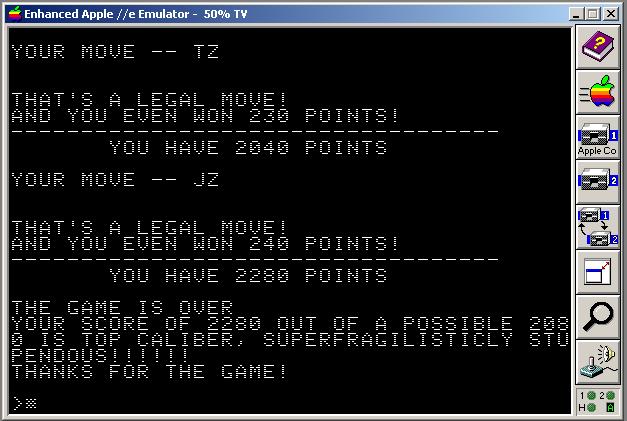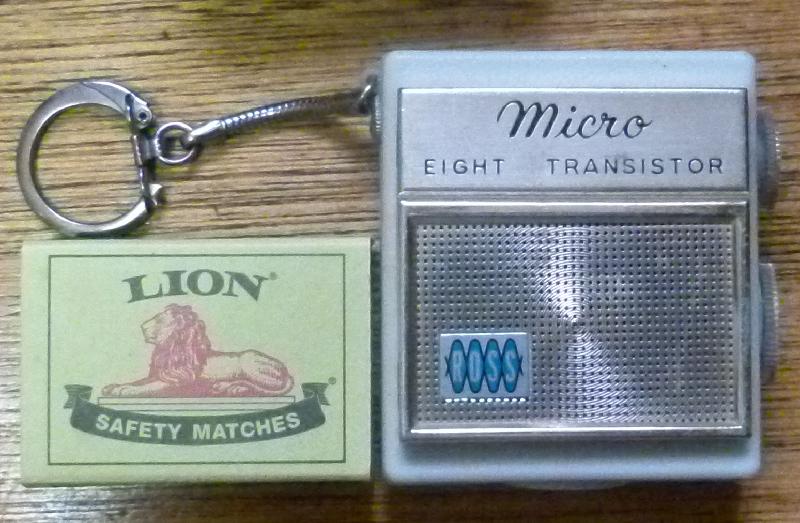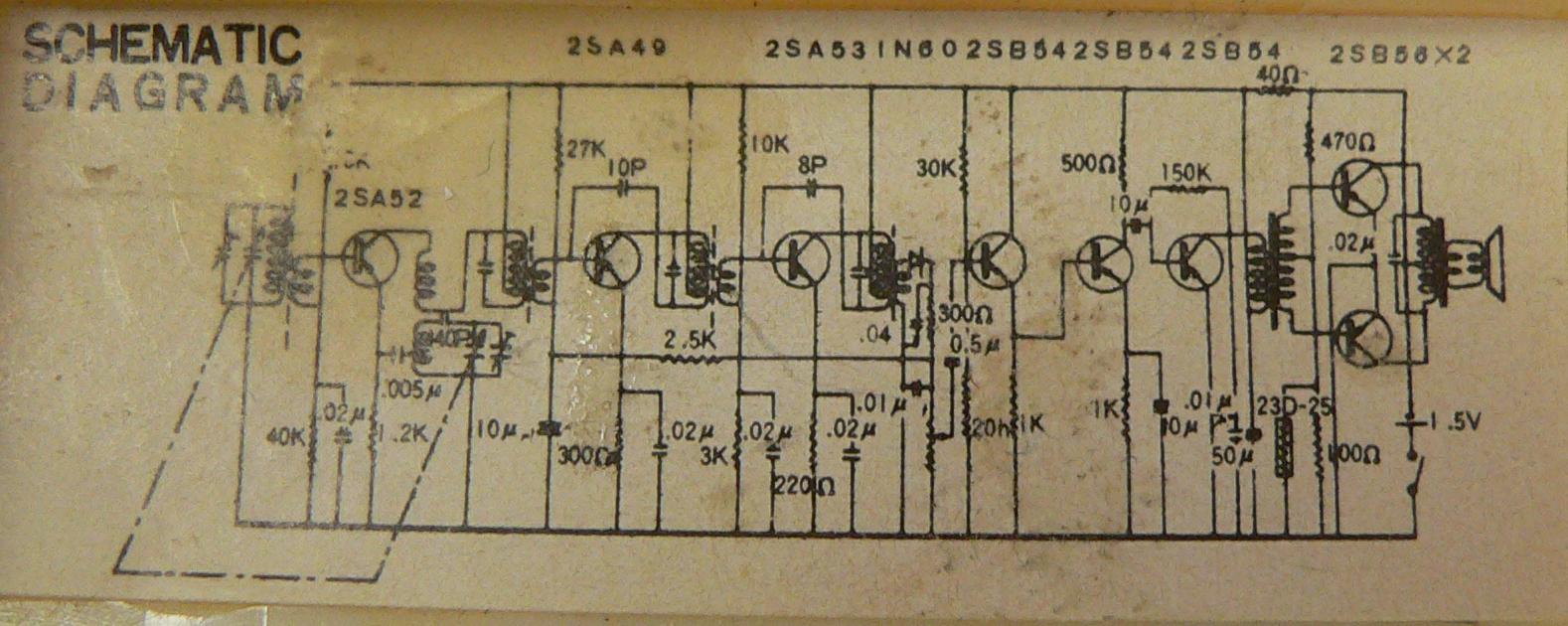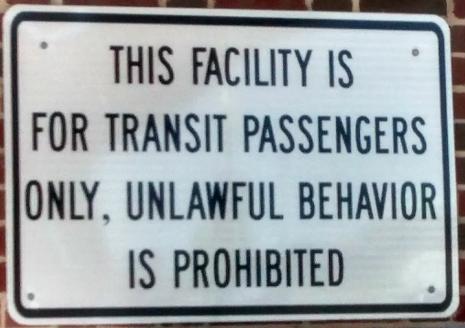One of the disks that came with my Apple ][ clone contained a little game called Nightmare #6. At the time it completely stumped me, there seemed to be no way to beat the game. I’d worked out that a move consisted of two letters, no more, no less, and that it was possible to lose points quite quickly, and also possible to not lose points, but I never worked out how to actually gain points.
For some reason I thought of this game again the other day, tried to find it. This was not easy, but plenty google later I found it in the Apple Software Bank Volume 1.
Of course my BASIC is better than it was in 1980. I learned that:
- You get eleven moves
- Each move consists of two letters
- Using the same letter twice gives you a “nightmare #6”, which doubles the amount of points you lose on the next wrong move
- Re-using the first letter of a previous move gives you “super zonk”, which quadruples the amount of points you lose on the next wrong move
- Any other move gives you no points, except when the value of the two letters (A = 1, Z = 26) add up to a multiple of ten.
- If the letters add up to a multiple of ten, you score that value, and the score associated with the second letter is set to this same value.
So, NZ (14 + 26 = 40) is a valid move. So is OY, PX, QW, RV and SU. After playing these, you can’t re-use N, O, P, Q, R or S, but U, V, W, X, Y and Z are all set to 40, so UV, WX and YZ are legal moves for 80 points each, and leaves V, X and Z set to 80. VZ and XZ give you 160 points each, finishing the game with 1880 points out of a (claimed) possible 2080 points.
So I thought about it some more. Realised that while NZ is a good place to start, XZ (24 + 26 = 50) is better. Of course this means that PX is no longer a legal move, you can’t play the first letter again. OY, QW, RV and SU are still good for 40 points each, and YZ, WZ, VZ and UZ give 90, 130, 170 and 210 points (because the point value of Z increases every time). But this is only nine turns, and we need eleven. Fortunately we still have J (= 10) and T (= 20) to play TZ and JZ, for a total score of 2280 points.
I still don’t know how the author got to the “possible 2080” points.

Oh yes, and this is why I’m with Jason Scott — we’re not huge Wikipedia fans because they delete perfectly good information. Someone took the trouble to write something about Nightmare #6, and noted that it is possible to get more than 2080 points, but the editors decided that “WP is not a videogame guide“.





